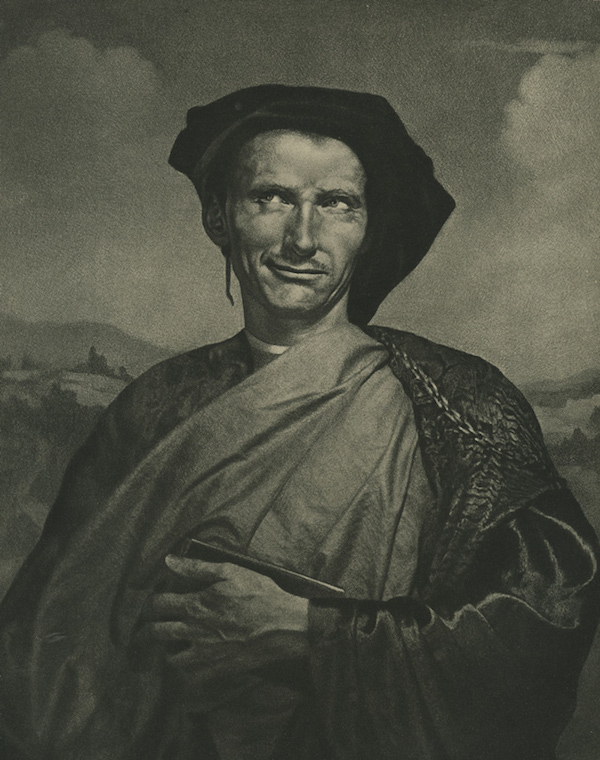Pictorialism is cool!
Please click on some of my affiliate links on this page.
Pictorialism is a photographic style in which the photographer uses elements of painting and drawing. This can be achieved through the use of filters, or by the use of darkroom effects, or by manipulating the emulsion or the finished print. It was popular in the early days of photography when photography was considered by some not to be an art, because it is strictly mechanical. One of the leading advocates of pictorialism was William Mortensen, "one of the strangest and most compelling artists of the 20th century."
 |
| Machiavelli by William Mortensen |
In the early 1930s he established a photography school in Laguna Beach, just south of Los Angeles, where he developed the style he's now known for, which could be described as kitschy surrealism. In the darkroom, he used combination printing, heavy retouching, and physical and chemical abrasion of the negative to get his results. The older he got, the more grotesque his images got. In 2014, the book American Grotesque was published, which focusses on this work.
At the height of his career in the 1930s, he was the first photographer to become a celebrity. He wrote several successful books, and his name was used to sell photographic equipment, with the slogan: “Made for Mortensen — Available To You!”
But already by the 1920s, there were photographers rebelling against the idea that photography should mimic other arts. They advocated what was known as straight or pure photography. The idea was that a photograph should have only a minimum of manipulation, such as color-correction filters, and exposure adjustments in the darkroom. In 1932, Edward Weston and Ansel Adams, among others, formed a group called Group f/64 to promote straight photography. These photographers were so opposed to the pictorialist aesthetic that Ansel Adams referred to Mortensen as "the anti-Christ!" The straight photography movement became dominant, and by the time of his death in 1965, Mortensen was largely forgotten. Much of his work was lost.
Personally, I think it's a shame that it faded out of fashion. They're some of my favorite photos. You should investigate - it gets weird
You should definitely see this sampling of Mortensen prints, or just do a Google image search on his name.
Here's a Pinterest collection, including both his glamour portraits and his wilder stuff.
 |
| Human Relations by William Mortensen. He used a textured screen to create the appearance of an etching. He said this work was inspired by an overcharged long-distance telephone bill. |
And here's a search of pictorialist photos

Comments
Post a Comment